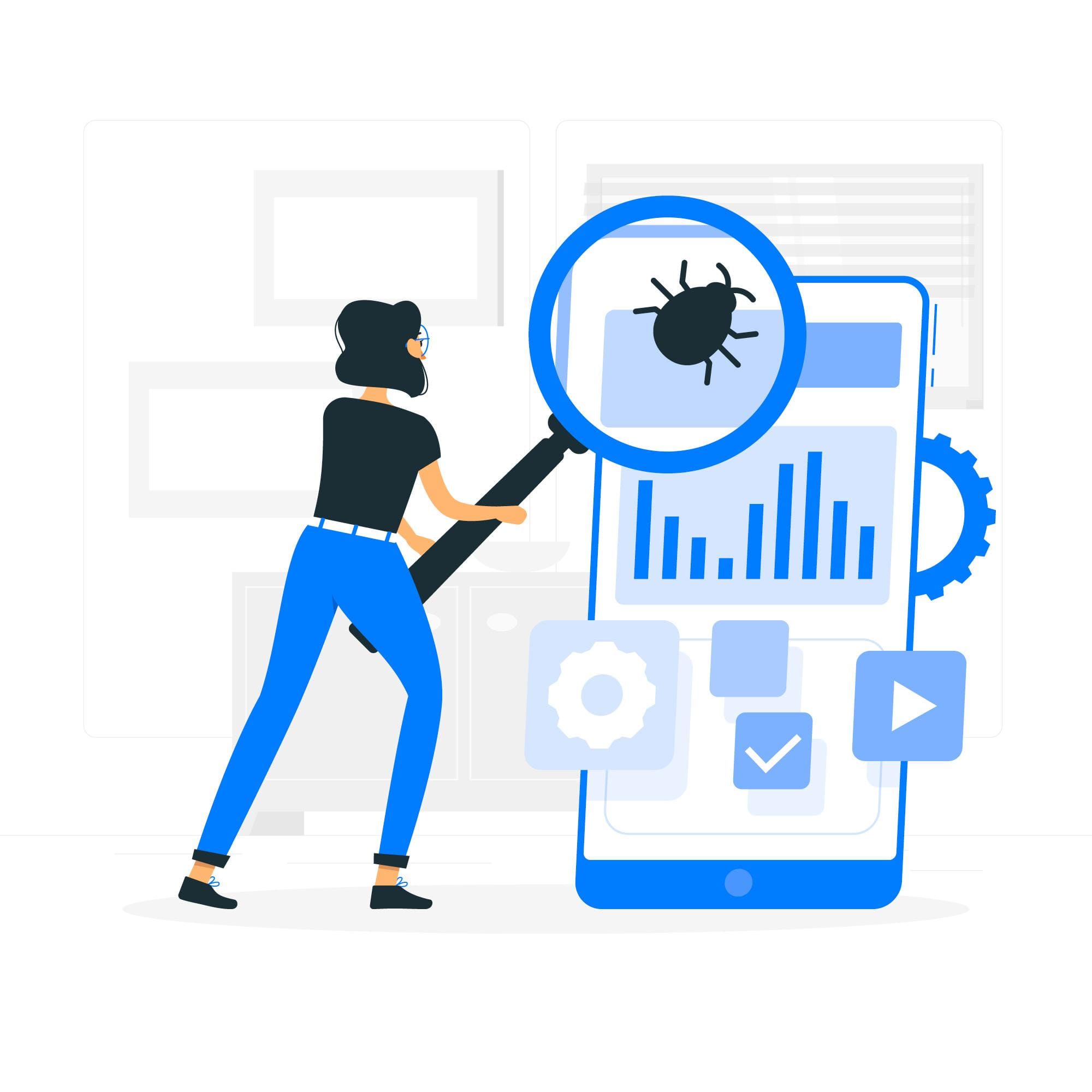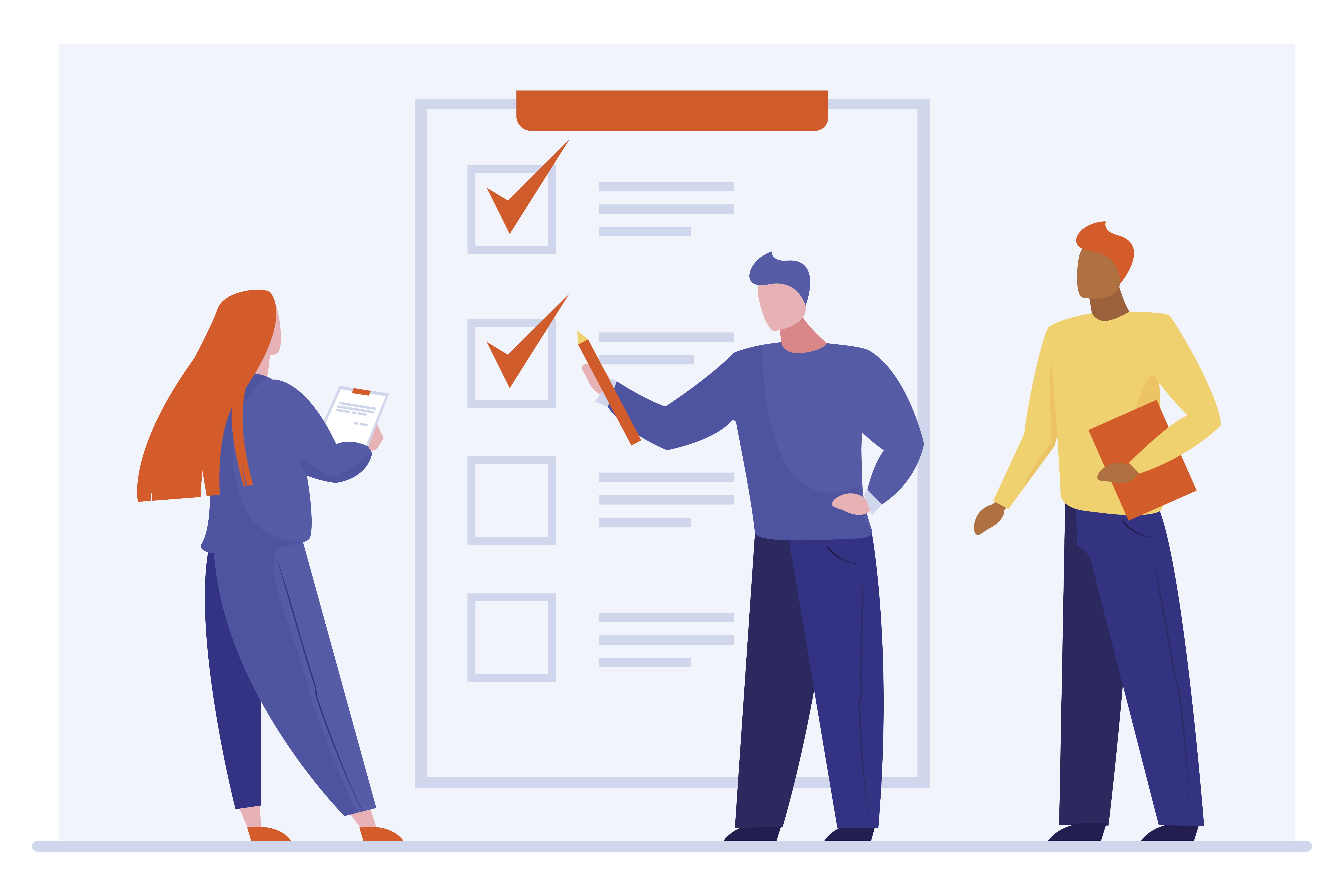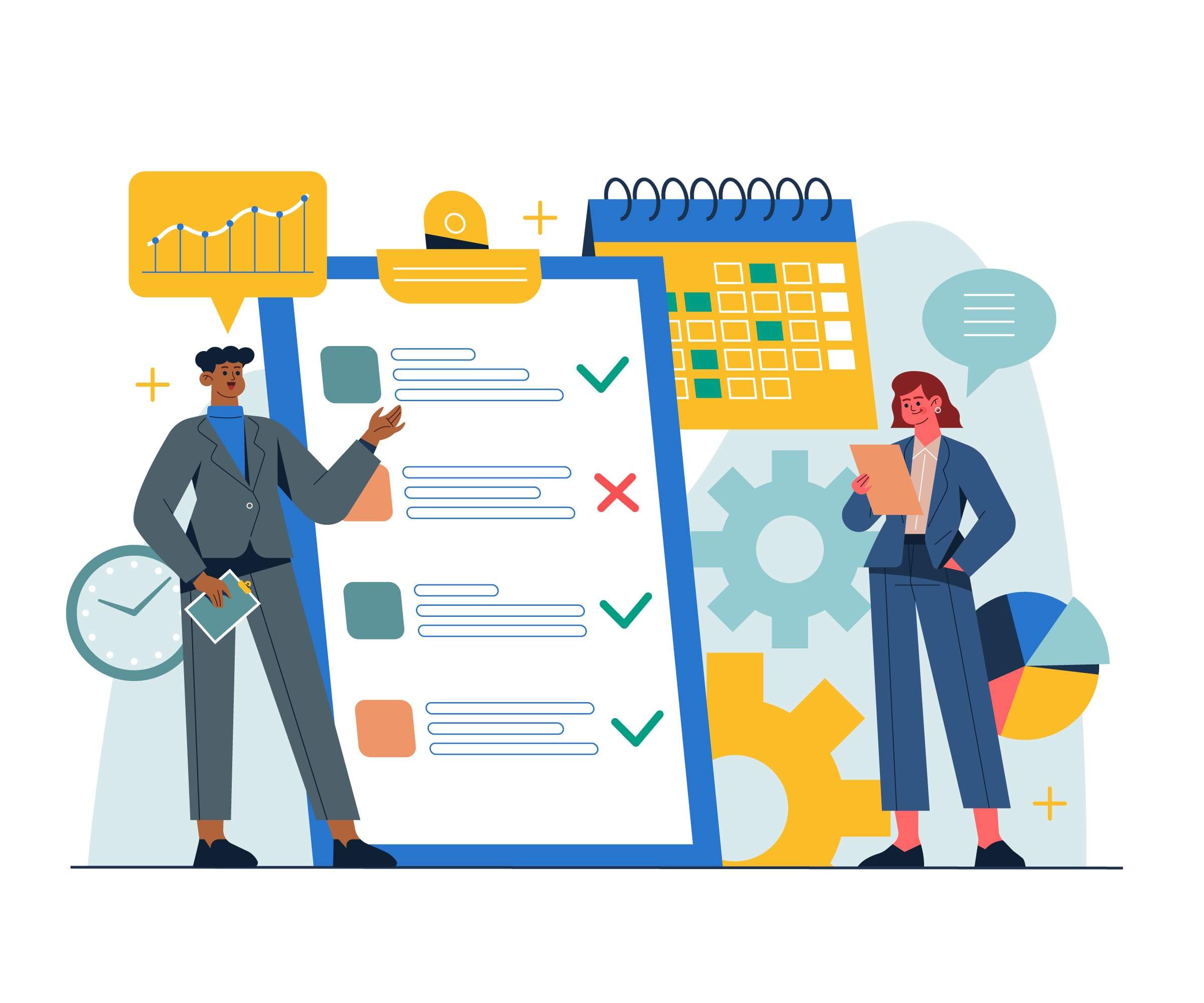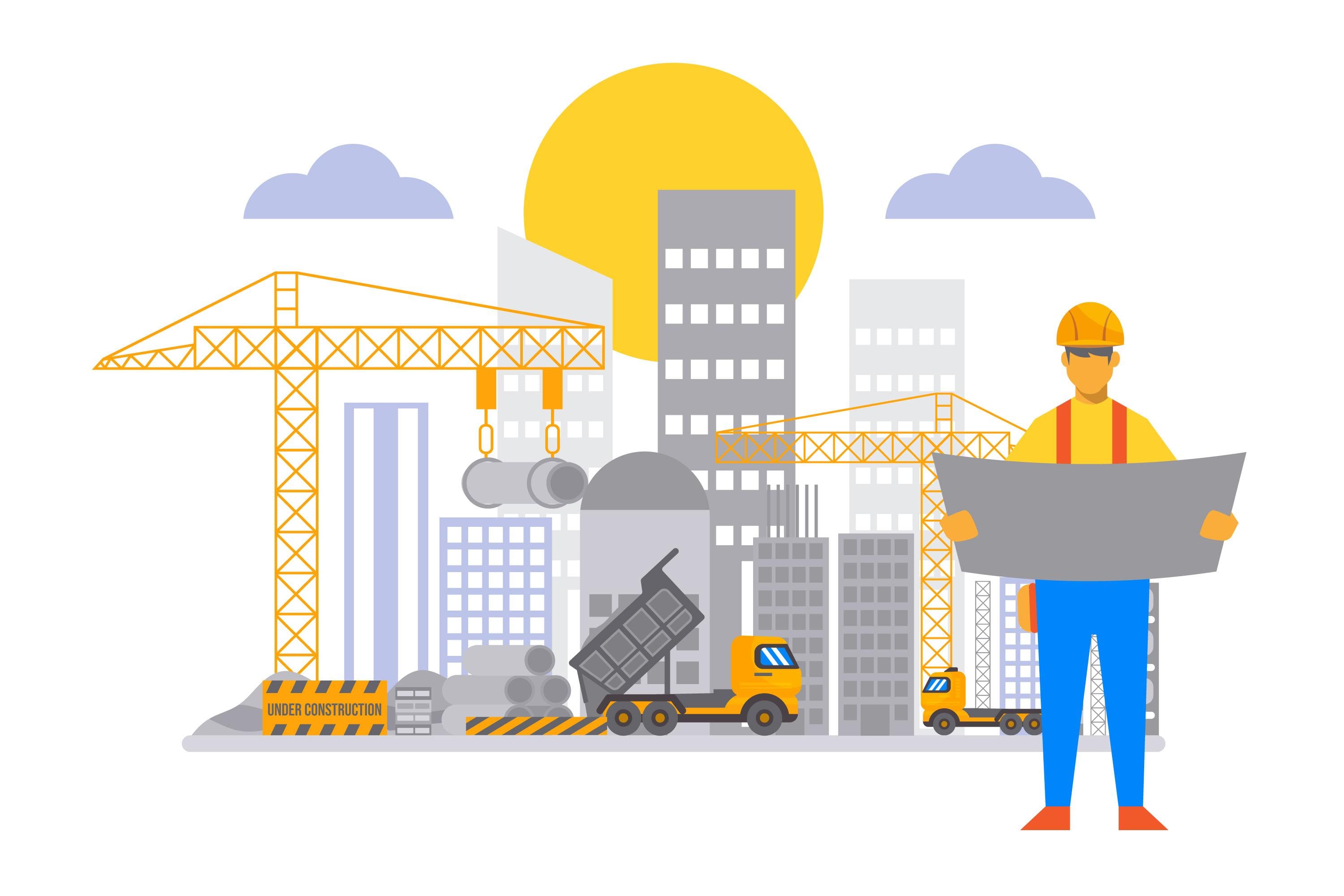- Learn how to monitor project risks and implement risk response plans.
- Understand the importance of ongoing risk assessment and mitigation during project monitoring and control.
Risk monitoring and control is an essential aspect of project management that involves systematically tracking identified risks, assessing their status, and implementing risk response plans to mitigate or address these risks. This process is crucial for ensuring that risks do not adversely impact a project’s objectives.
Here, we’ll delve into the details of risk monitoring and control with examples:
Risk Monitoring and Control Process
1. Risk Identification:
This is the initial phase where potential risks are identified and documented. Risks can come from various sources, including external factors, project scope changes, and stakeholder issues.

2. Risk Assessment:
Once risks are identified, they are assessed in terms of their likelihood and impact. A risk assessment matrix is often used to prioritize risks based on their severity.

3. Risk Response Planning:
Based on the assessment, risk response plans are developed. These plans outline how each identified risk will be managed, whether through risk mitigation, contingency planning, or acceptance.

4. Risk Monitoring:
Continuous monitoring of identified risks is crucial. This involves tracking the status of each risk and keeping an eye on indicators that may trigger the need for a response.

5. Risk Control:
When a monitored risk crosses a predefined threshold, the appropriate risk response plan is executed. This could involve implementing risk mitigation strategies, activating contingency plans, or taking other corrective actions.

6. Communication:
Throughout the risk monitoring and control process, clear and timely communication is vital. Stakeholders need to be informed about the status of risks and any actions taken.

Importance of Ongoing Risk Assessment and Mitigation
Ongoing risk assessment and mitigation are crucial for several reasons:
Proactive Risk Management: Continuous monitoring allows project managers to identify risks as they evolve and take proactive measures to mitigate them. This reduces the likelihood and impact of adverse events.
Adaptability: Projects are dynamic, and new risks can emerge. Ongoing assessment ensures that the project remains adaptable and responsive to changing circumstances.
Cost and Schedule Control: Timely risk response can help avoid cost overruns and schedule delays by addressing issues before they escalate.
Consider a software development project.
The team has identified a risk related to a key team member potentially leaving the project due to a job offer. The initial response plan includes having a backup developer trained. Ongoing monitoring reveals that the team member has received a job offer and is actively considering it. The project manager activates the response plan, assigns tasks to the backup developer, and ensures a smooth transition, mitigating the risk of a sudden departure impacting the project.
In summary, risk monitoring and control are integral to project management. It involves a systematic approach to tracking, assessing, and responding to identified risks to ensure they do not hinder the project’s success. Ongoing assessment and mitigation are key components of effective risk management.



